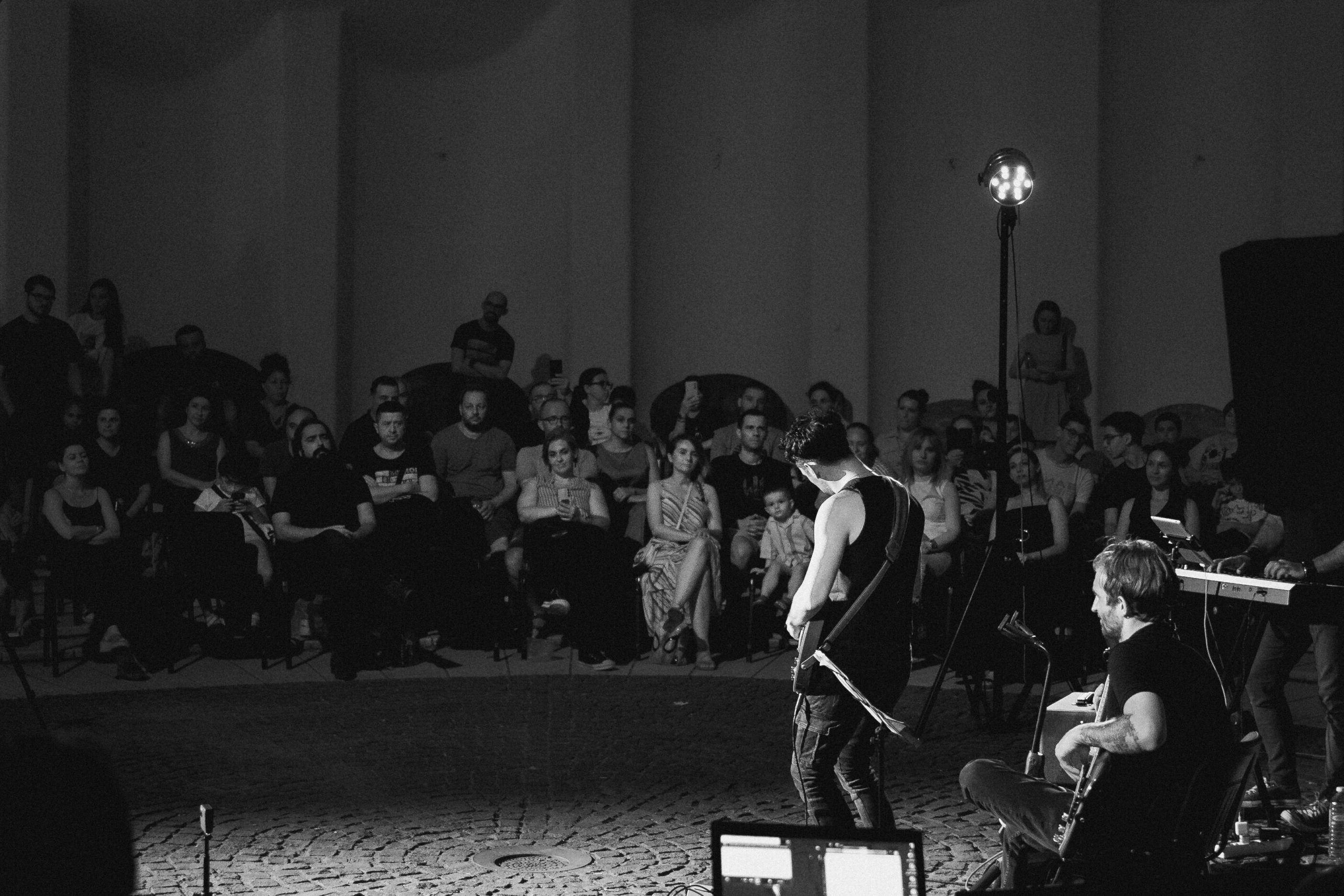Your cart is currently empty!
The Evolution of Neo-Soul

Neo-soul has always been a genre rooted in emotion, groove, and authenticity. Emerging in the 1990s as a fusion of soul, R&B, jazz, and hip-hop, it was once synonymous with artists like Erykah Badu, D’Angelo, and Maxwell. Today, a new generation of musicians is reshaping neo-soul—blending it with electronic textures, lo-fi aesthetics, and indie influences to create something both nostalgic and entirely fresh.
What’s fascinating about this new wave is the genre fluidity embraced by artists. Musicians like Cleo Sol, Daniel Caesar, and H.E.R. don’t limit themselves to a single box. Instead, they draw from a wide range of styles, layering traditional soul vocals over experimental beats or jazz-inspired chord progressions. The result is a sound that feels both familiar and exploratory, inviting listeners to experience emotion through multiple musical lenses.
Streaming platforms have played a crucial role in this evolution. With the ability to reach global audiences without the backing of a major label, independent artists are thriving. Social media and platforms like Bandcamp or SoundCloud have given rise to underground sensations who experiment boldly with sound while maintaining the introspective, personal storytelling that defines neo-soul.
Live performances have also adapted. Many neo-soul artists now combine traditional instruments with digital production on stage, creating immersive experiences that blur the line between concert and soundscape. The emphasis is often on atmosphere, with moody lighting and minimal staging complementing the music’s intimate feel.
As the genre continues to evolve, it’s clear that neo-soul is less about sticking to a formula and more about honoring its emotional roots. It’s about truth, vulnerability, and groove—regardless of how the music is dressed up. With boundary-pushing artists leading the way, the future of neo-soul looks rich, diverse, and deeply inspiring.

Leave a Reply